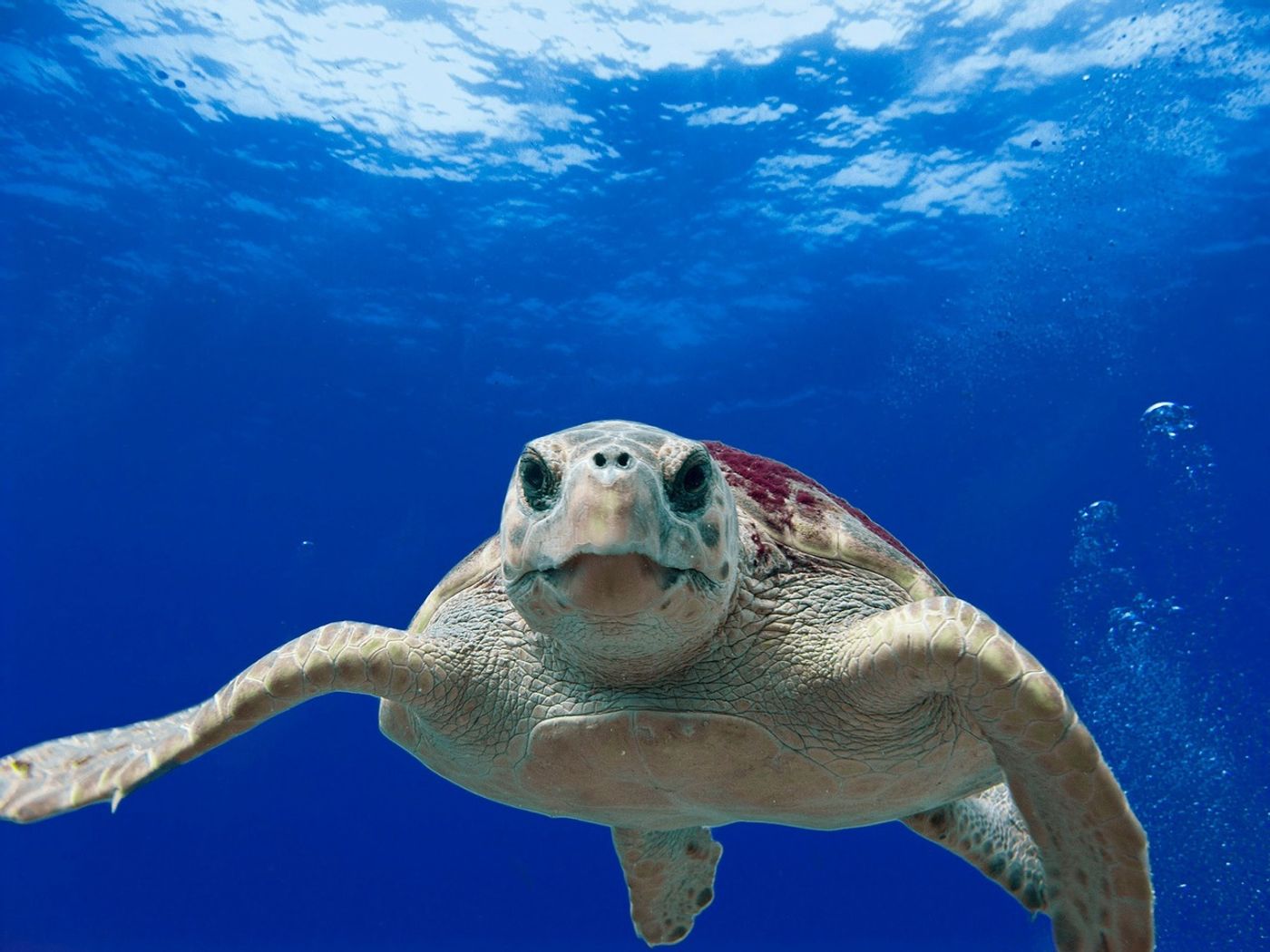Are Sea Turtle Conservation Efforts Working?
Six of the seven known sea turtle species reside on the International Union for Conservation of Nature (IUCN)'s Red List, ranging in severity from vulnerable, to endangered, to critically-endangered. Fortunately, the circumstances might be looking up for them.
Image Credit: Pixabay
For far too long, sea turtles were captured as bycatch or yanked out of the sea by those who saw dollar signs rather than valuable life. But humans alone aren’t responsible for their low population counts; we can also attribute some of the blame to hungry predators, which often feast on sea turtles’ eggs on beaches before they hatch.
While the story of how sea turtle numbers have declined is a sad one, a study conducted by Deakin University researchers in collaboration with Aristotle University of Thessaloniki in Greece illuminates how years of continued sea turtle conservation efforts might be working. Their findings are published in the journal Science Advances.
Related: This sea turtle got a 3D-printed jaw replacement
To reach their conclusions, the team investigated hundreds of nesting site surveys conducted from all around the world. Through studying this data, they were able to obtain a deeper understanding of how turtle populations have fluctuated over the years.
Interestingly, they found more patterns agreeing with population increases than patterns coinciding with population decreases. In other words, sea turtles appear to be making a comeback on a global scale.
At least 95 of the examinations showed increases in population, while just 35 were on the decline. The rest were either remaining stagnant or didn’t have enough data to register an absolute conclusion.
"This study demonstrates the long-term benefits of sea turtle conservation efforts globally, and the need for continued funding to maintain recovery," explained Dr. Gail Schofield, a fellow from Deakin University and co-author of the study.
"Positive trends in abundance are likely linked to the effective protection of eggs and nesting females, as well as reduced harvesting and bycatch in fishing."
Related: Sea turtle has nearly 1,000 coins surgically-removed from its stomach
As it would seem, laws prohibiting acts that would endanger sea turtles are helping various species bounce back from declines. On the other hand, we’re not out of the woods just yet.
The study also brings up a good point in that many of the surveys were too short and didn't cover a long enough time span to reach reliable conclusions. Continued monitoring of sea turtle species is crucial for continued conservation efforts so that researchers can always work with the latest and most accurate figures.
If conservation efforts continue down the path they've been going, then perhaps the plethora of sea turtle species on the IUCN’s Red List today will one day be removed.
Cross your fingers!
Source: New York Times, Phys.org









